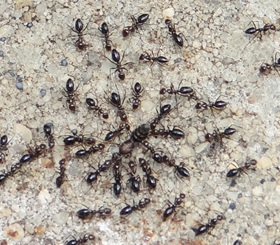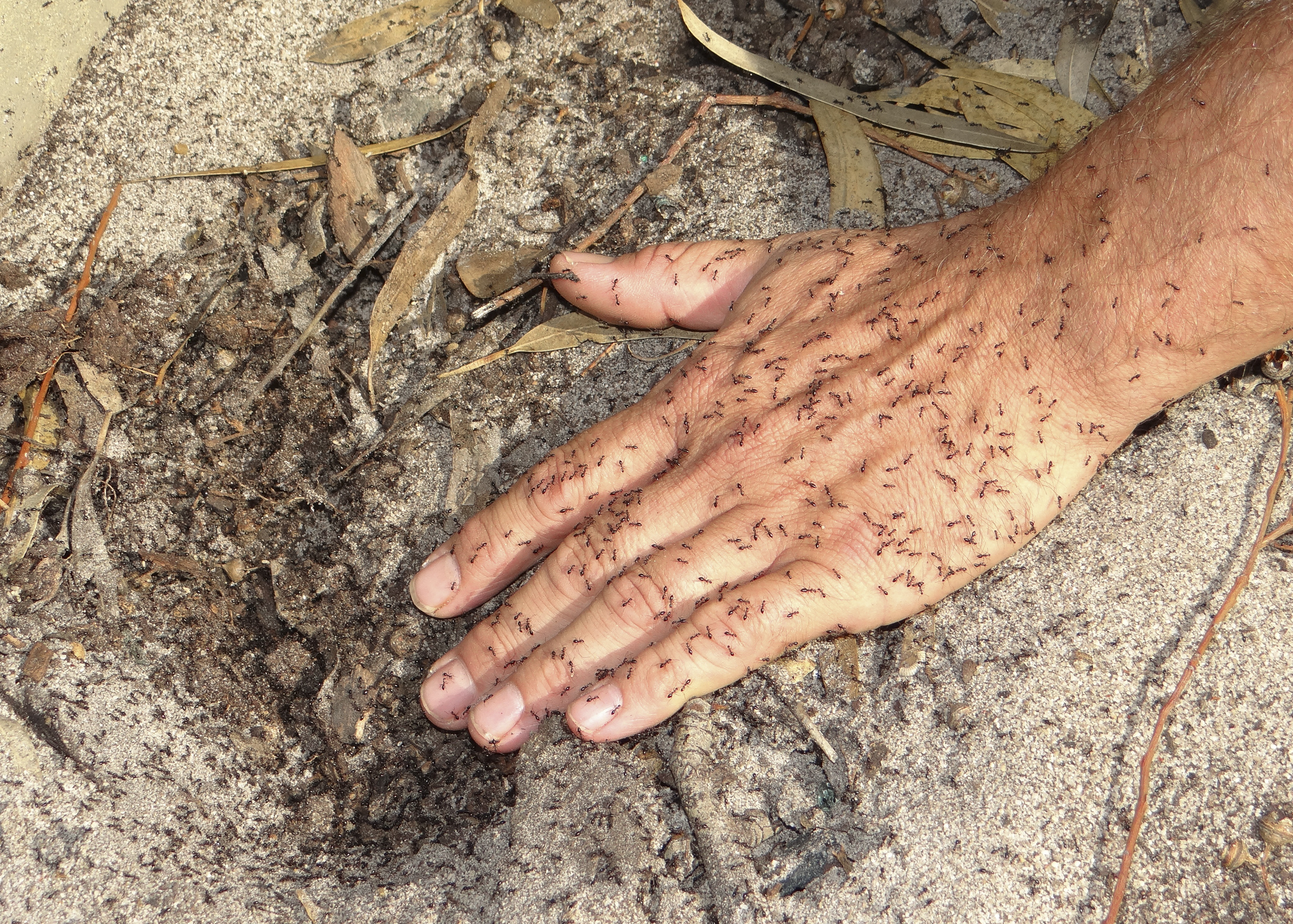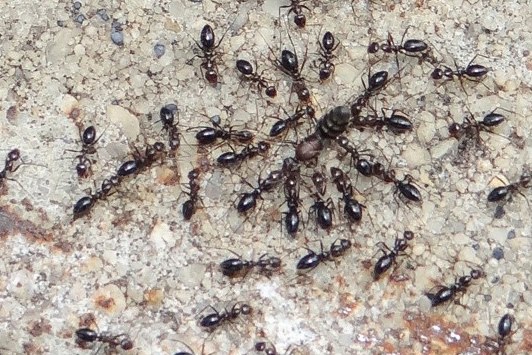
Browsing ant
Browsing ant originates from southern Europe and can be extremely invasive, having proven a willing traveller, hitchhiking in freight and cargo. To date, all known infestations have been eradicated, but we need your help in reporting any suspicious ants.

Browsing ant
Browsing ants are a slender, shiny, dark brown ant about 3 to 4 mm in length, with long antennae and legs. They run in a haphazard manner when disturbed.
The browsing ant can:
- establish multi-queened super colonies and quickly reach large populations
- displace important native ant species’ and potentially outcompete and kill them by monopolising food and nesting resources
- farm and protect sap-sucking insects, such as scale, aphids, and mealybug, which can eventually kill the plants they feed on, severely impacting our horticultural industry
- become a significant household pest as it forages indoors for food, although it is not harmful to people or pets.
The browsing ant has previously been found by the department at Perth Airport and several suburbs and commercial hubs in metropolitan Perth. To date, all known infestations have been eradicated, but we need your help in reporting any suspicious ants so that we can keep these invasive pests from establishing in Western Australia.
-
Browsing ant surveillance brochurepdf (2.72 MB)
-
High risk ants for Western Australiapdf (598 KB)

